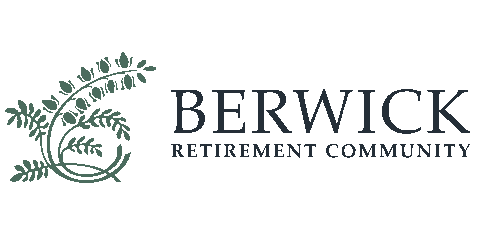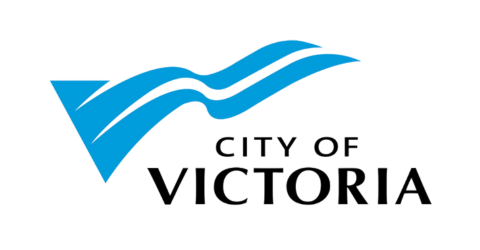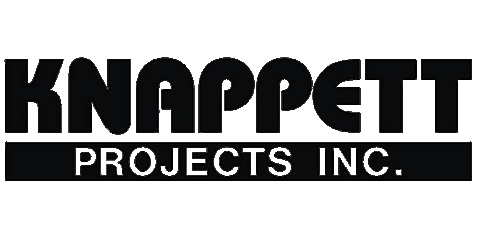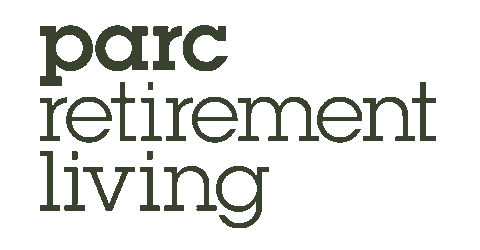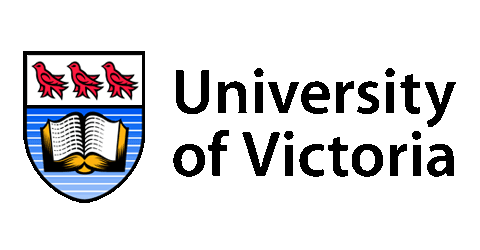Hospitality businesses urged to stock up on liquor
The BC Restaurant and Foodservices Association is advising its members to stock up on liquor inventories in the event the BCGEU strike targets BC Liquor Distribution Branch warehouses and stores.
“We advise you to immediately stock up on your liquor inventories. Based on multiple conversations and reliable intel, it’s very likely that the BCGEU strike action will target BC Liquor Distribution Branch warehouses and stores,” BCRFA President and CEO Ian Tostenson said in a statement. “If this happens, restaurants and bars will not be able to access product through normal channels.”
The Chamber works closely with the BCRFA and will call for changes to supply chain regulations to ensure this type of costly disruption can’t happen in future. The Chamber is currently working with the BCRFA on resolving concerns about the Temporary Foreign Worker program. The Chamber has called for regions of low unemployment such as Greater Victoria to be exempt from a nationwide pause on the program. A one-size-fits-all approach does not work. And current efforts to politicize immigration do a disservice to people who are new-to-Canada contributing to our workforce.
The Chamber will continue to advocate on behalf of members who need help finding and keeping workers.

